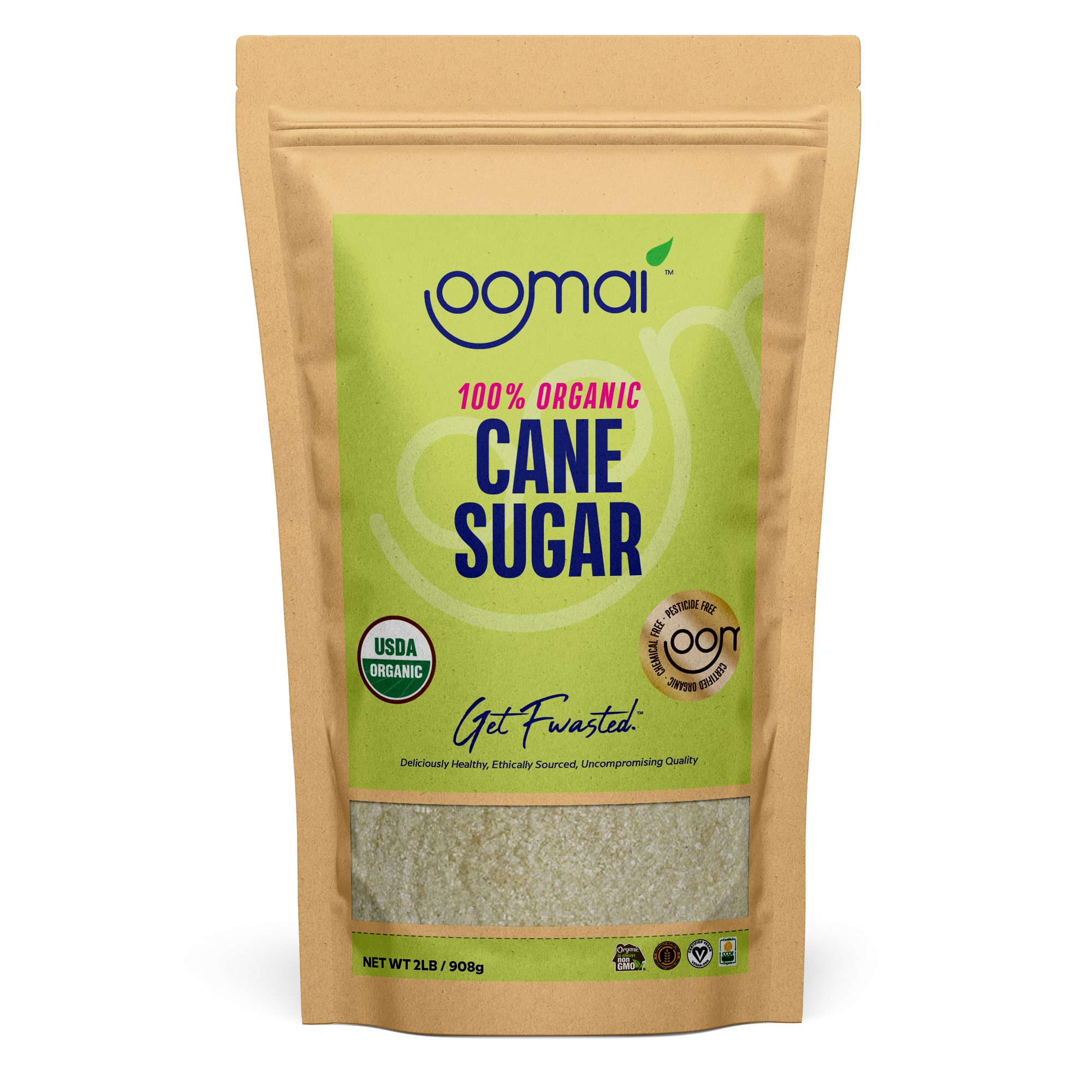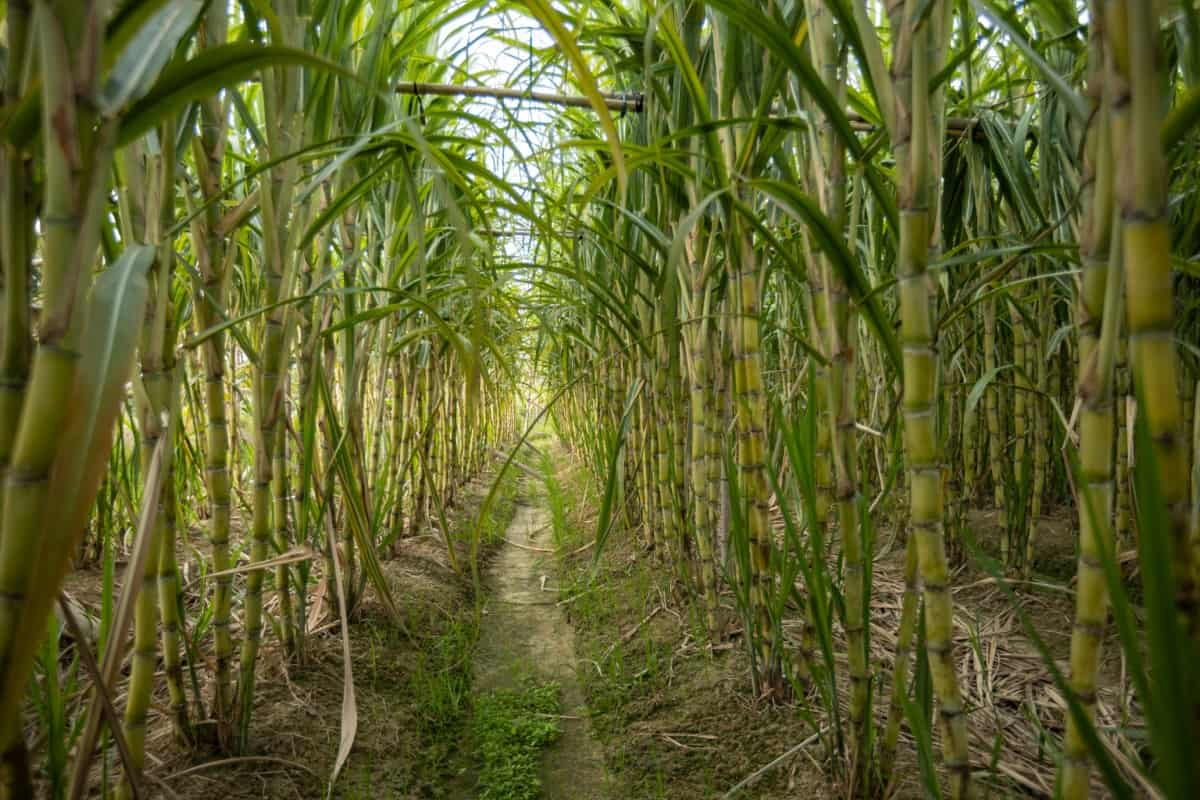Checking Out the Versatile Uses of Sugar Cane Beyond Sweeteners
Sugar Cane is typically associated only with sweeteners, yet its applications prolong far past. This versatile plant plays a critical function in numerous markets, consisting of bioplastics and biofuels. Additionally, its fibers add to sustainable building and construction and textiles. The economic ramifications of sugar Cane manufacturing further highlight its importance. As developments remain to arise, the possibility of sugar Cane to drive environmental and financial innovations becomes progressively obvious. What various other shocks does this durable plant hold?
The Role of Sugar Cane in Biofuels
As nations look for sustainable energy sources, sugar Cane has actually emerged as a crucial gamer in the biofuels sector. This tropical plant is abundant in sucrose, which can be fermented to create ethanol, a renewable fuel choice to fossil gas. The growing of sugar Cane for biofuel manufacturing not just decreases greenhouse gas emissions but additionally adds to power safety, specifically in sugar-producing nations.
Sugar cane-derived ethanol can be blended with fuel, enhancing its octane score and minimizing reliance on non-renewable resources. The byproducts of sugar Cane handling, such as bagasse, are beneficial for producing electrical energy, making the whole production cycle energy-efficient.
Study remains to explore innovative approaches for maximizing power return from sugar cane, strengthening its duty in the change to cleaner power services. As worldwide demand for lasting gas increases, sugar Cane stands apart as an integral part of the biofuel sector.
Sugar Cane as a Source of Bioplastics
Although the environmental impacts of plastic contamination are progressively concerning, sugar Cane provides an appealing choice as a resource of bioplastics. Acquired from renewable energies, bioplastics made from sugar Cane can substantially decrease reliance on petroleum-based plastics. These bioplastics are created with the fermentation of sugars removed from the walking stick, causing materials that can be compostable or biodegradable, depending upon their formula.
Making use of sugar Cane bioplastics not just decreases carbon discharges however additionally promotes sustainable agricultural practices. By utilizing agricultural waste and results, the overall ecological footprint of production is lessened. In addition, items made from sugar Cane bioplastics can effortlessly integrate into existing waste administration systems, addressing concerns regarding waste accumulation.
As markets seek sustainable services, sugar cane-based bioplastics represent a practical option that straightens with international initiatives to battle plastic pollution and foster a round economy.
Medicinal Applications of Sugar Walking Stick
Sugar Cane is identified for its antioxidant properties, which add to numerous health benefits. Furthermore, it has actually been made use of in typical remedies across societies, highlighting its relevance in natural medication. These attributes emphasize the capacity of sugar Cane in the field of medical applications.
Antioxidant Characteristics of Walking Cane
Many research studies have exposed that sugar Cane has significant antioxidant properties, making it a useful part in medical applications. The phenolic compounds found in sugar walking stick, such as flavonoids and phenolic acids, add to its ability to counteract cost-free radicals, consequently minimizing oxidative stress in the body. This antioxidant activity is connected to various health advantages, including enhanced cardiovascular health and improved immune feature. Furthermore, sugar Cane removes have actually been revealed to exhibit anti-inflammatory impacts, which can even more support overall wellness. By combating oxidative damage, sugar Cane might contribute in the prevention of persistent illness, making it a fascinating topic of study for its prospective restorative usages in contemporary medicine.
Conventional Solutions and Uses
While modern-day medication commonly depends on artificial compounds, typical treatments making use of sugar Cane emphasize its longstanding significance in different cultures. In numerous exotic regions, sugar Cane juice has been utilized as an all-natural remedy for ailments such as dehydration and digestive problems. Its high water material and vital nutrients make it a favored treatment for urinary system system infections and kidney stones. Additionally, sugar Cane is believed to possess anti-inflammatory residential properties, assisting in the alleviation of aching throats and respiratory system problems. Herbal remedies usually includes sugar Cane in concoctions to enhance power and enhance general wellness. These olden practices underscore the versatility of sugar walking cane, expanding its value past sweetness to incorporate health and wellness and wellness applications.
Eco-Friendly Construction Materials From Sugar Walking Cane
Sugar cane, usually recognized for its wonderful return, is obtaining attention as a source of green construction materials. These materials use lasting building solutions, featuring eco-friendly composites that minimize ecological effect. In addition, sugar cane-derived products provide reliable insulation residential or commercial properties, improving power performance in structures.
Sustainable Building Solutions
As the global demand for lasting construction materials climbs, cutting-edge remedies stemmed from sugar Cane have actually emerged as a sensible choice. This sustainable source provides various applications in eco-friendly structure options, especially with its byproducts. Sugar Cane fibers, recognized for their toughness and resilience, can be utilized in developing insulation products and composite panels. In addition, the juice and molasses from sugar Cane can be refined right into bio-based adhesives, reducing dependence on petroleum-based items. Using sugar Cane not only lessens waste however also adds to reduce carbon exhausts during production. Additionally, incorporating these products into building techniques sustains the round economic situation, advertising sustainability while addressing the pushing environmental obstacles dealt with by the building industry.
Naturally Degradable Compound Materials
Naturally degradable composite products have amassed focus as lasting options in building, particularly those derived from sugar walking cane. These products make use of the coarse results of sugar cane, such as bagasse, to create composites that are both light-weight and solid. By integrating these all-natural fibers, producers can create products that lower dependence on conventional plastics and non-renewable sources. The lasting nature of sugar Cane composites not only decreases environmental effect yet also sustains farming economic climates by supplying added earnings streams for farmers. On top of that, the biodegradability of these compounds guarantees that they do not add to lasting waste in land fills. As the building and construction industry looks for greener solutions, sugar cane-derived composites provide an appealing path towards extra environmentally friendly structure methods.

Insulation Features and Conveniences
The insulation buildings of green construction products stemmed from sugar Cane offer substantial benefits in power efficiency and environment control. Sugar Cane fibers have all-natural shielding qualities that aid manage indoor temperatures, lowering the requirement for excessive home heating or air conditioning. This particular adds to lower energy consumption, promoting sustainability in structure methods. On top of that, making use of sugar cane-based insulation materials is useful for indoor air high quality, as they are much less most likely to discharge unstable organic substances (VOCs) compared to traditional insulation products. These products are biodegradable, aligning with eco-conscious building and construction objectives. As the construction market looks for greener alternatives, sugar cane-derived insulation sticks out as an appealing remedy that incorporates capability with ecological responsibility, sustaining both energy savings and ecological preservation.
Sugar Cane in the Fabric Market
Often neglected, sugar Cane plays a considerable role in the textile market, mostly through the production of lasting fibers. These fibers, derived from the her comment is here plant's byproducts, are increasingly acknowledged for their environment-friendly residential properties. Sugar Cane fibers, such as bagasse and sisal, are naturally degradable and durable, making them attractive choices to standard artificial fibers.
Their use in fabrics promotes sustainability by lowering dependence on petroleum-based materials while likewise providing an avenue for waste decrease from sugar manufacturing. In addition, advancements in fabric processing have made it possible for producers to mix sugar Cane fibers with other products, improving the general quality and flexibility of materials.
This change towards incorporating sugar Cane in fabrics mirrors a broader trend in the sector, aiming for eco responsible practices. As demand for lasting products continues to climb, sugar walking stick's function in fabrics might broaden, offering both environmental and economic benefits.
Nutritional Conveniences and Pet Feed

Additionally, sugar Cane includes necessary minerals and vitamins that boost the nutritional profile of pet feed, increasing resistance and overall wellness. Its sweet preference and palatability make it an enticing feed choice, encouraging feed consumption among animals. By integrating sugar Cane right into their diet regimens, livestock producers can decrease dependence on conventional feed sources, potentially reducing feed costs while keeping pet health and performance. Sugar Cane emerges as a sustainable and healthy choice in the field of pet agriculture.
The Economic Influence of Sugar Cane Manufacturing
While numerous farming products contribute to regional economic situations, sugar Cane manufacturing stands out because of its considerable economic influence across different areas. This versatile crop not just provides employment chances in distribution, processing, and farming yet also supports supplementary industries such as transport and manufacturing. In nations like Brazil and India, sugar Cane is an essential vehicle driver of rural advancement, promoting economic security and enhancing resources.
The spin-offs of sugar walking cane, including ethanol and molasses, additionally expand earnings streams, producing additional markets and lowering dependency on conventional sweeteners - What Is Sugar Cane Used For. As international need for sustainable power surges, the role of sugar Cane in biofuel production is ending up being increasingly prominent, attracting financial investments and increasing neighborhood economic situations. On the whole, the financial ramifications of sugar Cane manufacturing are extensive, influencing both neighborhood task markets and more comprehensive economic fads in areas reliant on this important crop
Frequently Asked Questions
How Is Sugar Cane Processed Into Biofuels?
The processing of sugar Cane into biofuels entails drawing out juice, fermenting it right into ethanol, and refining the item. This approach utilizes the plant's natural sugars, changing them into sustainable power sources for numerous applications.
What Are the Ecological Benefits of Utilizing Sugar Walking Stick?
The home ecological advantages of using sugar Cane consist of decreased greenhouse gas emissions, improved soil wellness with lasting farming practices, and reduced reliance on fossil gas, which collectively add to a more lasting and environment-friendly agricultural system.

Can Sugar Cane Be Expanded in Any Kind Of Climate?

Sugar Cane thrives in exotic and subtropical climates, needing cozy temperature levels, enough sunlight, and adequate rainfall. Its growth is restricted in colder regions, making it inappropriate for pleasant or arctic climates where frost occurs.
What Are the Historic Uses of Sugar Cane?
Historically, sugar Cane offered different purposes beyond sweetening - What Is Sugar Cane Used For. It was used for generating rum, as a resource of biofuel, in typical medicine, and for crafting materials like paper and molasses, showcasing its varied applications throughout various cultures
Just How Does Sugar Cane Effect Local Economies?
The influence of sugar Cane on local economic climates is significant, giving work, boosting farming markets, and promoting trade. Its cultivation sustains country livelihoods and boosts local markets, adding to overall economic growth and area growth.
The economic effects of sugar Cane production even more emphasize its significance. Acquired from sustainable resources, bioplastics made from sugar Cane can significantly minimize dependence on petroleum-based plastics. Naturally degradable composite materials have gathered interest as lasting alternatives in building and construction, specifically those acquired from sugar walking cane. These materials use the fibrous results of sugar cane, such as bagasse, to develop composites that are both light-weight and solid. While numerous farming products add to neighborhood economic situations, sugar Cane production stands out due to its considerable financial effect throughout numerous areas.